€3.98
/ per pack
Choose seeds per pack:
Botanical Nomenclature: Yucca Brevifolia
Common name: Joshua Tree
Family: Asparagaceae
Yucca brevifolia, the Joshua tree is a typical species of the Mojave desert in Califonia, Arizona, Nevada and northwards to Utah.
The species name brevifolia comes from the Latin for short leafed. The tallest trees reach about 15 meters tall.
The name Joshua tree was given by a group of Mormon settlers who crossed the Mojave Desert in the mid-19th century.
The tree’s unique shape reminded them of a Biblical story in which Joshua reaches his hands up to the sky in prayer.
Ranchers and miners who were contemporary with the Mormon immigrants also took advantage of the Joshua tree, using the trunks and branches as fencing and for fuel for ore-processing steam engines.
The trunk of a Joshua tree is made of thousands of small fibers.
Older plants form a sturdy trunk that supports many crowns with typical spikey leaves.
Yucca brevifolia’s foliage color is green, evergreen.
The rigid leaves are linear, bayonet-shaped, 16 inches long and 1 inch wide, tapering to a sharp point. They are borne in a dense spiral arrangement at the apex of the stems.
The fruit is a light brown to reddish capsule, 2.5 to 5 inches long, 2 inches in diameter, it dries and falls soon after maturity in late Spring.
The fruit is edible.
Hardiness zones 7-10, (1°C/35°F, -15°C/5°F) in Winter.
It prefers drier climates .
Extremely heat tolerant.
| Weight | N/A |
|---|
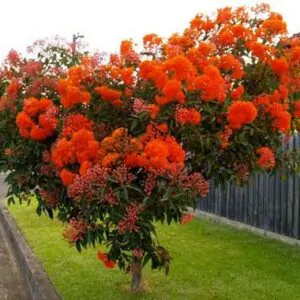
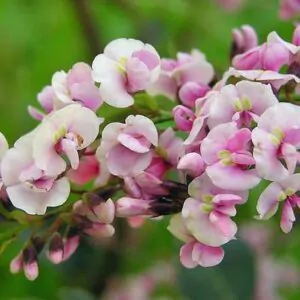
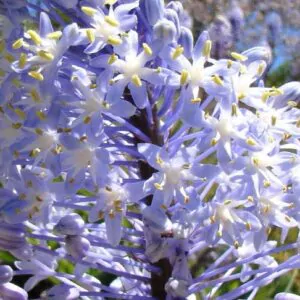
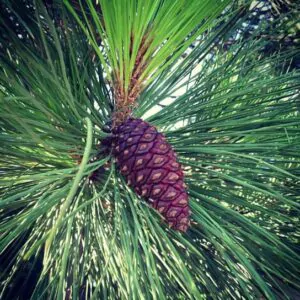
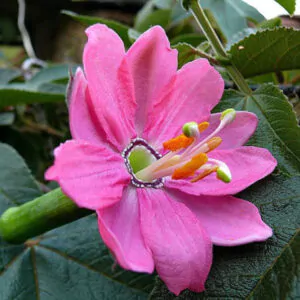
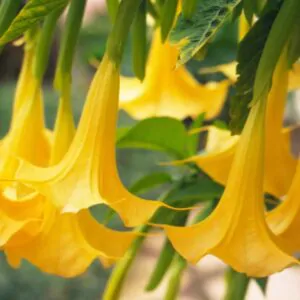
| Cookie | Duration | Description |
|---|---|---|
| cookielawinfo-checkbox-analytics | 11 months | This cookie is set by GDPR Cookie Consent plugin. The cookie is used to store the user consent for the cookies in the category "Analytics". |
| cookielawinfo-checkbox-functional | 11 months | The cookie is set by GDPR cookie consent to record the user consent for the cookies in the category "Functional". |
| cookielawinfo-checkbox-necessary | 11 months | This cookie is set by GDPR Cookie Consent plugin. The cookies is used to store the user consent for the cookies in the category "Necessary". |
| cookielawinfo-checkbox-others | 11 months | This cookie is set by GDPR Cookie Consent plugin. The cookie is used to store the user consent for the cookies in the category "Other. |
| cookielawinfo-checkbox-performance | 11 months | This cookie is set by GDPR Cookie Consent plugin. The cookie is used to store the user consent for the cookies in the category "Performance". |
| viewed_cookie_policy | 11 months | The cookie is set by the GDPR Cookie Consent plugin and is used to store whether or not user has consented to the use of cookies. It does not store any personal data. |